AW Insect Book Moths (Lepidoptera) Limacodidae
Posted: Thu Oct 23, 2014 2:16 pm
Family Limacodidae (Slug Moths)
The Limacodidae are a family of moths in the superfamily Zygaenoidea or the Cossoidea; the placement is in dispute. They are often called slug moths because their caterpillars bear a distinct resemblance to slugs.
They are small, hairy moths, with reduced or absent mouthparts and fringed wings. They often perch with their abdomens sticking out at 90° from their thoraces and wings.
The larvae are typically very flattened, and instead of prolegs, they have suckers. The thoracic legs are reduced, but always present, and they move by rolling waves rather than walking with individual prolegs. They even use a lubricant, a kind of liquified silk, to move. The larval head is concealed under folds.
Larvae might be confused with the similarly flattened larvae of lycaenid butterflies, but those caterpillars have prolegs, are always longer than they are wide, and are always densely covered in short or long setae (hair-like bristles). The head is extended during feeding in the lycaenids, but remains covered in the Limacodidae.
Many limacodid larvae are green and fairly smooth, but others have tubercles with urticating hairs and may have bright warning colours. The sting can be quite potent, causing severe pain.
The Limacodidae are a family of moths in the superfamily Zygaenoidea or the Cossoidea; the placement is in dispute. They are often called slug moths because their caterpillars bear a distinct resemblance to slugs.
They are small, hairy moths, with reduced or absent mouthparts and fringed wings. They often perch with their abdomens sticking out at 90° from their thoraces and wings.
The larvae are typically very flattened, and instead of prolegs, they have suckers. The thoracic legs are reduced, but always present, and they move by rolling waves rather than walking with individual prolegs. They even use a lubricant, a kind of liquified silk, to move. The larval head is concealed under folds.
Larvae might be confused with the similarly flattened larvae of lycaenid butterflies, but those caterpillars have prolegs, are always longer than they are wide, and are always densely covered in short or long setae (hair-like bristles). The head is extended during feeding in the lycaenids, but remains covered in the Limacodidae.
Many limacodid larvae are green and fairly smooth, but others have tubercles with urticating hairs and may have bright warning colours. The sting can be quite potent, causing severe pain.
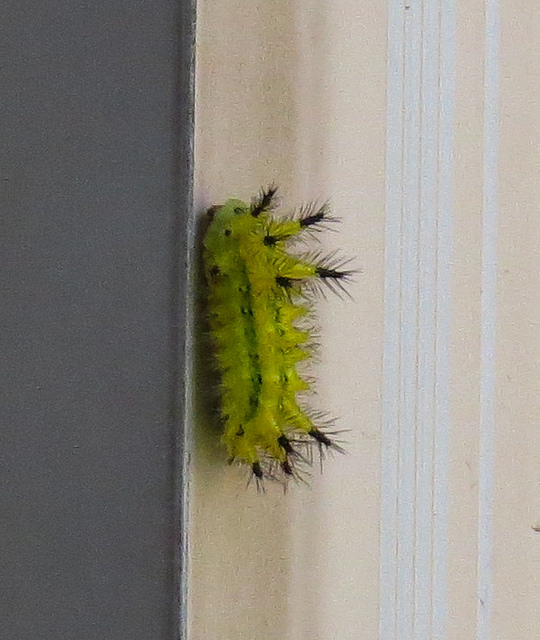 © steamtrainfan
© steamtrainfan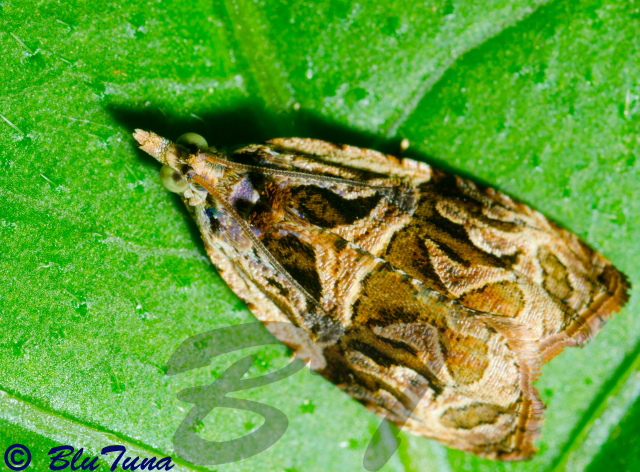 © BluTuna
© BluTuna © mposthumus
© mposthumus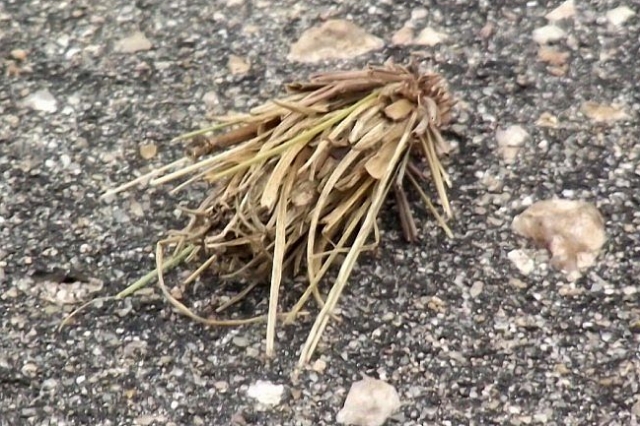 © mposthumus
© mposthumus © BluTuna
© BluTuna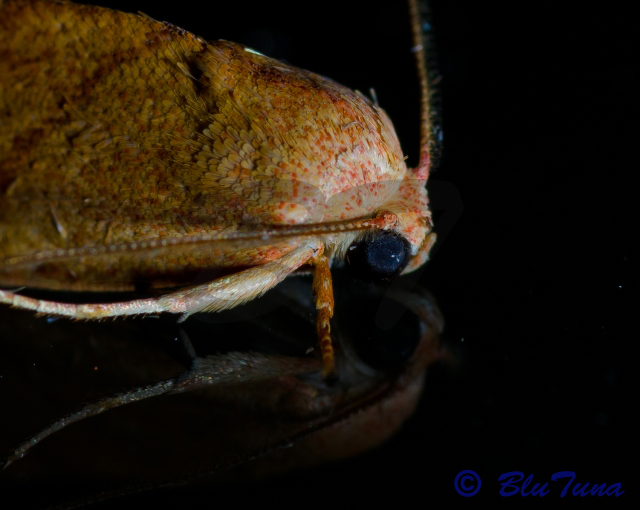 © BluTuna
© BluTuna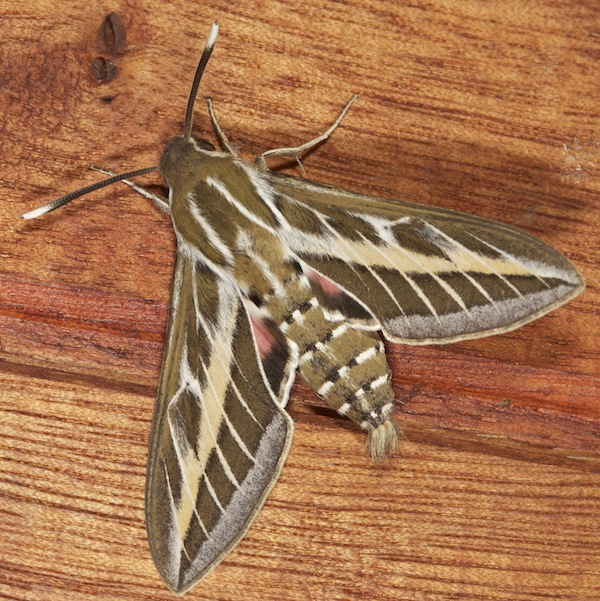
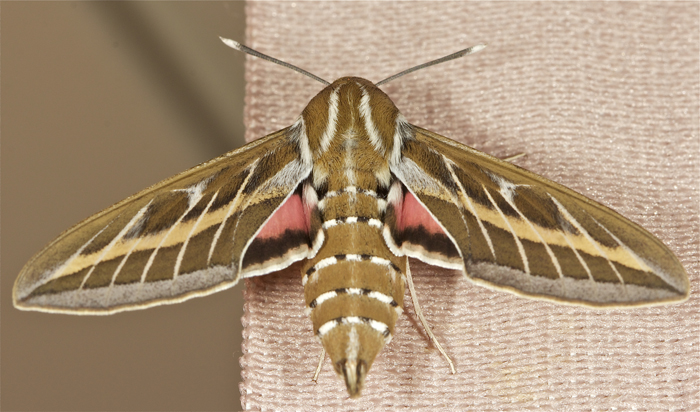

 © nan
© nan